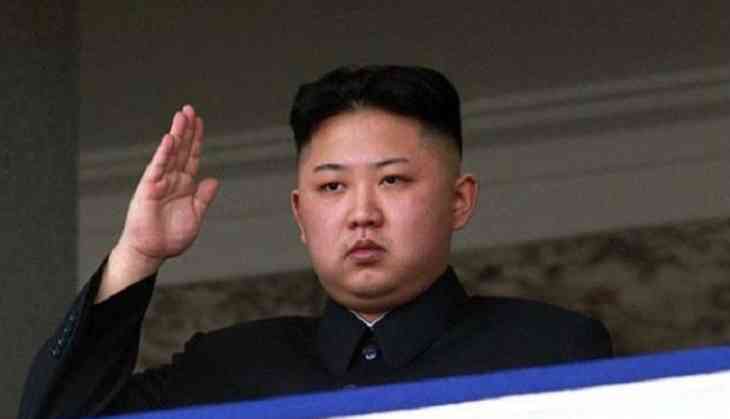
North Korean supreme leader Kim Jong-un has issued a fresh challenge to United States President Donald Trump by launching another sophisticated missile test that could potentially hit the mainland US, North Korea's state news agency said.
The missile launch was meant as a "stern warning" for the United States, North Korea's state news agency said.
The ICBM, which aimed for "maximum distance", flew for 47 minutes and 12 seconds while reaching a maximum altitude of 3,724.9km, the North said.
The test was ordered and supervised by Kim Jong Un, who termed his country's weapons programme was an "invaluable asset" and demonstrated a "surprise attack capability."
The rare late-night launch sent a ballistic missile into space. It remained airborne for more than 40 minutes, flying 1,000 kilometers due east before splashing into the Sea of Japan.
North Korea has successfully tested the re-entry component of its intercontinental ballistic missile program, according to North Korea's state news agency.
In terms of the missile's distance, North Korea's estimates line up with the Pentagon's calculations, which said the missile traversed approximately 1,000 kilometers before landing in the Sea of Japan.
During Pyongyang's last ICBM test on July 4, US personnel had a "very easy" shot at Kim while he strolled around the platform for 70 minutes but never took the shot. United States and South Korean military officials on Friday discussed "military response options," after North Korea carried out its second test of an intercontinental ballistic missile in a month.
Marine General Joseph Dunford, who is the Chairman of the Joint Chiefs of Staff, along with Admiral Harry Harris, the Commander of U.S. Pacific Command spoke with General Lee Sun-jin, Chairman of the South Korean Joint Chief of Staff, the Telegraph reported.
Both Dunford and Harris have expressed the ironclad commitment to the US-Republic of Korea alliance. "The three leaders also discussed military response options," said Captain Greg Hicks, a spokesman for Gen Dunford.
The Pentagon confirmed that the missile, which flew for 45 minutes, travelled an estimated 600 miles and landed on west of Japan's Hokkaido island, was an ICBM. It flew for six minutes longer than the previous one, on July 4.
- - ANI


